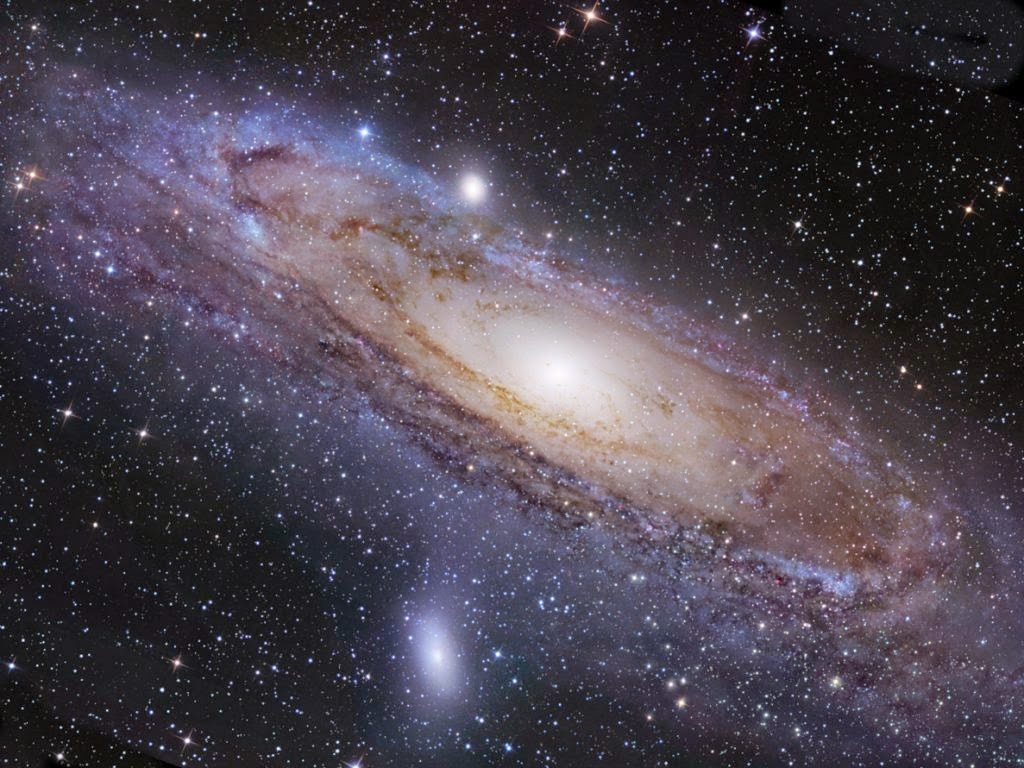Let's come back from Mars and talk about something closer to home - Earth's magnetic field.
We all know that the reason compasses work is because of Earth's magnetic field - so if you have a compass in hand facing North, the needle points North. Obviously. But did you know that our North and South poles can "flip" - North becomes South, South becomes North - and that it is a natural geological occurrence that happens every 200,000 - 300,000 years?
Scary huh. Even scarier is that we are long overdue for another flip.
Our magnetic North pole is not constant - it has been shifting northward by ~600 miles (1,100 km) since the early 19th century.
What causes magnetic fields?
Before you google "doomsday", let's take a refresher course on Magnetic Field 101. At the center of our planet is a solid iron core, wrapped around by a liquid outer core, then mantle and crust. The motion of the liquid outer core, which is essentially a fluid blanket of hot liquid metal, creates electric currents, which in turn creates the magnetic field.
Earth's insides. You've seen this before in high school. The motion of the liquid outer core is what generates our magnetic field.
How do we know that polar reversals have happened before?
We know because they leave evidence in rocks, fossil records and plate tectonics. Deep inside the ocean floor lies
ridges (e.g. Mid-Atlantic Ridge) where lava seeps up from the core. As lava cools and solidifies, it preserves the orientation of the Earth's magnetic field at the time it is formed.
Polar reversals have happened at least a hundred times over the last 3 billion years (Earth is 4.5 billion years old). The last "flip" was during the Stone Age some 780,000 years ago, called the Brunhes-Matuyama reversal. According to fossil records, it has happened more "frequently" in the last 20 million years, with an interval of 200,000 - 300,000 years as mentioned before. As frequent as it is, it has been twice that long since the last reversal. OOOOPS.
So... are we flipping soon?
Well, yes and no. (Very anti-climatic I know. Read on...)
"Yes" in the sense that there is evidence to show that we are in the early stage of an upcoming reversal. By "upcoming", I'm really talking about a few hundred or thousand years later, that's how long it takes for the whole transition to take place. What happens is, the magnetic field progressively gets weaker and weaker and then reappears with reversed polarity.
Signs that tell us we are at the beginning of a flip:
- The intensity of our field has been depleting by an alarming rate of 5% over the last century
- Reverse-alignment has been detected in the iron current beneath Brazil and South Atlantic
- Our magnetic North pole has been shifting rapidly in the last decade, drifting out of Canada into the Arctic Ocean towards Russia by about 10 miles (16km) per year
Our magnetic poles get all confused and go haywire during a reversal, before reappearing with reversed polarity.
With that said, just because there are telltale signs of a looming reversal doesn't mean that it is guaranteed to happen. We could simply be going into a minor shift instead of a complete polar swap. Who knows. Like life, Earth is too dynamic and complex to predict!
Scientists and geophysicists are looking to find out more though. On November 22 2013, the European Space Agency (ESA) sent 3 satellites on the
Swarm Mission to measure Earth's magnetic signals. The satellites are now in their respective orbits and ready to deliver what is being called "the best survey of the Earth's magnetic field to date."
Is it doomsday?
As inhabitants of this life-friendly planet, we live in a magnetic bubble that protects us from harmful solar winds and cosmic rays, with the North and South poles deflecting these charged particles to outer space and other planets like Mars (that's why Mars, which does not have a major magnetic field, is a lifeless barren rock, and Earth is not. The universe is a cruel, cruel place.) During a polar reversal, the magnetic field will weaken, but there is no indication that it will disappear completely in the process. As a result, solar radiation will increase, but Earth's thick atmosphere will be sufficient to protect us against solar flares and Coronal Mass Ejections (CMEs) from the sun.
Solar winds carry atmosphere-stripping particles that destroy life. Our magnetic sphere shields us from the radiation.
Solar flare - a violent ejection of magnetic energy when the sun sneezes.
With a weakened magnetic field, satellites in Earth's orbit will be at a higher risk of being damaged, potentially causing GPS malfunction, communication blackouts and power outages. Migratory wildlife as birds, salmon, whales, turtles and bees could be affected as they rely on geomagnetism for navigation. There is, however, no evidence of species extinction due to polar reversal.
Unless you plan to
freeze your body and be brought back to life in a few thousand years, you have nothing to worry about. But Santa, on the other hand, might be in big trouble.
Mayhem on the pole. "Oh crap, which way is North?!"
Images: NASA, phys.org, dailymail.co.uk
References: NASA, livescience.com, European Space Agency, Red Orbit, Wikipedia, rense.com, Activist Post


.jpg)




















